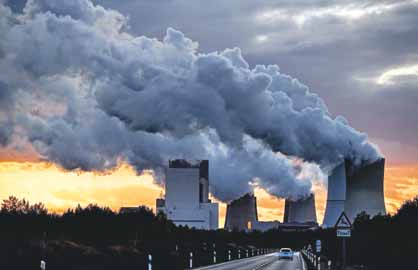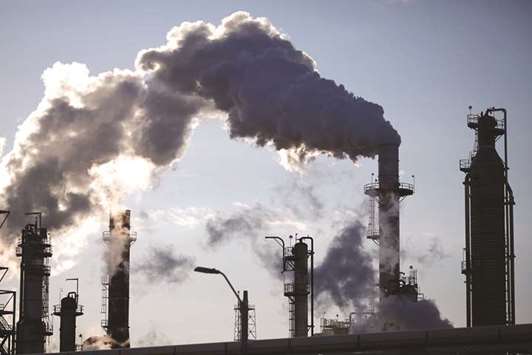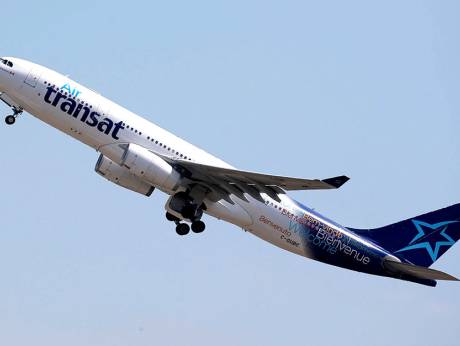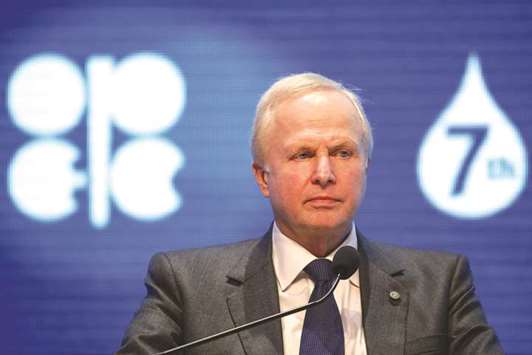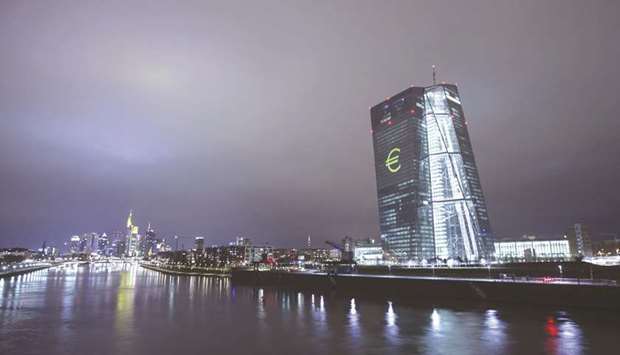Qatar’s 43% jump in LNG production to 110mn tonnes to commence by 2024: Al-Sada
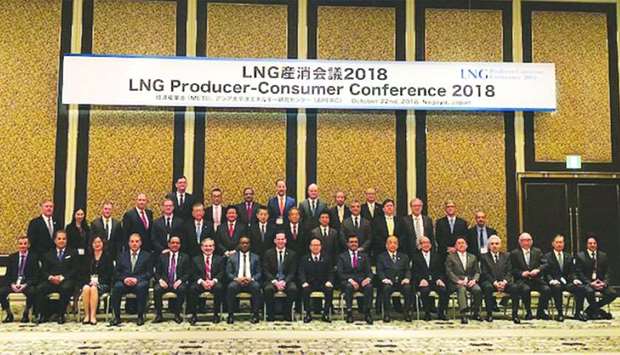
Nagoya City
Qatar’s 43% increase in liquefied natural gas production to 110mn tonnes per year is planned to commence by 2024, said HE the Minister of Energy and Industry Dr Mohamed bin Saleh al-Sada.
Qatar, with its current 77mn tonnes exports, stands as the biggest LNG supplier, accounting for nearly one fourth of the global LNG trade, al-Sada said at the ‘7th LNG Producer–Consumer Conference 2018’ in Nagoya City, Japan on Monday.
In 2017, the minister noted, “His Highness the Amir of the State of Qatar, Sheikh Tamim bin Hamad al-Thani, instructed to increase LNG production by 43% from the current 77mn to 110mn tonnes per year. This production is planned to commence by 2024, thereby largely contributing to global efforts to bridge the gap between the supply and demand of LNG, which is expected to emerge starting mid-2020s due to demand growth.”
Al-Sada emphasised that Qatar “placed its relationship with its customers on top of its priority” list.
He added that despite the “unjust and illegal blockade” by its neighbours, Qatar had not missed out a single shipment to its valued customers worldwide.
Al-Sada said gas was forecast to be the fastest-growing fossil fuel in the global energy mix. He added that the growth rate of LNG has surpassed all other sources of energy.
The minister stressed that the second wave of LNG-production, led by the addition of four world-class LNG trains in Qatar, besides upcoming substantial producing facilities in the US, Mozambique, Canada and other countries will further boost international LNG trade.

HE Dr al-Sada with US Deputy Secretary of Energy Dan Brouillette on the sidelines of the ‘7th LNG Producer – Consumer Conference 2018’ in Nagoya City, Japan
Al-Sada noted the growing LNG trade was a “second revolution” of natural gas, and a “natural evolution” to meet the rising need for cleaner energy, delivered at the doorstep of consumers around the world.
The minister added that by 2040, LNG is expected to exceed the volumes of gas delivered by pipeline and will make up the bulk of gas trades for the first time.
Al-Sada, who headed the Qatar’s delegation to the conference, met on the sidelines Dan Brouillette, US Deputy Secretary of Energy. The two sides discussed matters of common interest in the field of energy.
The minister also met Dr Fatih Birol, IEA executive director, and discussed the latest developments in the oil and gas markets.
The LNG Producer-Consumer Conference is a global annual forum, providing an opportunity to promote active dialogue among LNG producers, consumers and other stakeholders with a view to deepening shared understandings of market trends and to developing the global LNG market.

